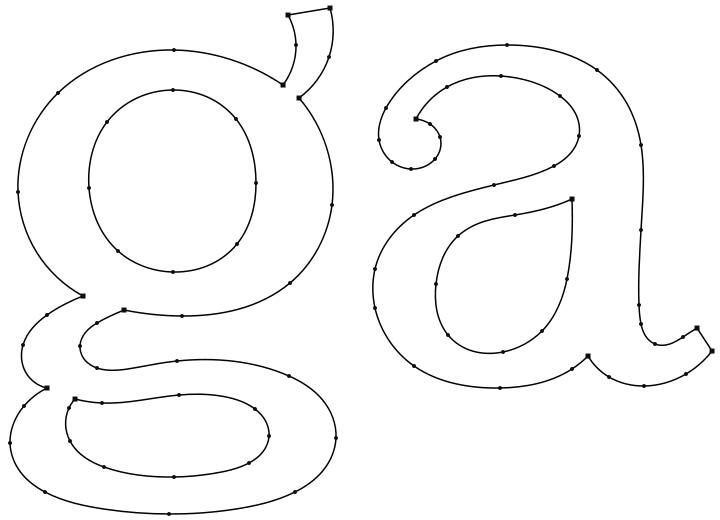There’s an evolving alphabet of pictograms in software design. When presented with an unfamiliar (web or desktop) application, we users expect to read a tool-bar of icons and know what each does. The text editor in WordPress has icons for bold, italic, strikeout, bullet & numbered lists, left, center, and right aligned text, and so on. Firefox has forward, back, stop, reload and home.
It is striking how many of these icons are both ubiquitous and depictions of objects that are so obsolete that the average person may have never seen an example of the object in real life. Consider these, which are extremely obscure:
- skeleton key (for security, as in older Netscapes)
- ship steering wheel (remember Netscape’s icon?)
- hourglass (in older Windows and Mac OS Classic)
- shield, for security (eg. Windows XP security center)
- reel-to-reel tape or film spool (in numerous media applications)
- floppy disk (for save) how long has it been, really, since you’ve seen a floppy disk?
- polaroid photo (to mean photos) these too are nearly obsolete
It is totally concievable that a younger person might never have seen one of these items in real life, and it’s certainly true that they are extremely rare in everyone’s life today. And there is another set of pictograms that are nearly as rare, although everyone has probably seen them at one point or another:
- compass (eg. Safari)
- typewriter (for word processing / keyboard settings)
- 1960s-1980s style Bell telephone (still easily found in network software)
- artist’s paint palette (for colors / artwork)
- life preserver (for help)
- old-style bell (for alerts or sounds)
- magnifying glass (for zoom and view)
- (extremely abstract) loudspeaker (for audio)
How long has it been since you’ve seen one of these items? For me, it’s been very long. There are at least two more which are common enough now but will likely become extremely rare in the next decade or so:
- incandescent lightbulb
- film frame with perforations
Do you expect these icons will get replaced with a flourescent lightbulb or some sort of pictogram representing digital photography? Doubtful.
In fact, the only real common pictograms representing real, common things are:
- document
- trash can (including its legally sanitized versions “wastebasket” and “recycle bin”)
- folder
- book
- house (for home)
- hand (for moving and pointing)
- globe
Of course, every specific application has specific real-world icons, but the set of icons representing really common, everyday things is suprisingly small. I wouldn’t want to leave out the vast number of completely abstract icons:
- arrows for up, down, back, forward, refresh, and so on
- the play, pause stop & so on family of media player icons
- plus
- minus
- checkmark
- x for cancel
- star (for new or notice me)
And then there’s the wizard’s magic wand, which shows up in artistic applications and in configuration wizards; no-one has ever seen a real magic wand, because they don’t really exist. Which brings us closer to an explanation of why so many of these icons are vanishingly rare: the icons are not drawn from real life. They are drawn from a visual tradition of Western culture, extending back at least as far as the the history of film, at the beginning of the 20th century. Look back again at the first two lists of exceedingly rare items: how hard do you have to think to name a film, or a comic book, or a television show, where you saw each of these items. It’s not hard at all – you could probably find an image of all these things in a single evening of sitcom TV, saturday morning cartoons, or in a handful of comic books. I can name movies off the top of my head with each as well:
- skeleton key: Any old horror film
- ship steering wheel: Jason & The Argonauts
- hourglass: The Princess Bride
- shield: Roman soldiers in The History of the World
- reel-to-reel tape or film spool: Pulp fiction
- floppy disk: Hackers
- polaroid photo: Amelie
- compass: Blair Witch Project
- typewriter: Naked Lunch (how could you forget?)
- 1960s-1980s style Bell telephone: All The President’s Men
- artist’s paint palette: The Big Lebowski
- life preserver: Radiers of the Lost Ark
- old-style bell: Steamboat Willie
- magnifying glass: Charlie & The Chocolate Factory
- loudspeaker: again, Raiders of the Lost Ark
And of course, there’s Harry Potter for the magic wand.
So the next time you go hunting for the perfect idea for that new toolbar icon, don’t just look around you. Watch some TV, read a comic book, or rent a movie. The visual tradition available to you is much richer that you might imagine.
